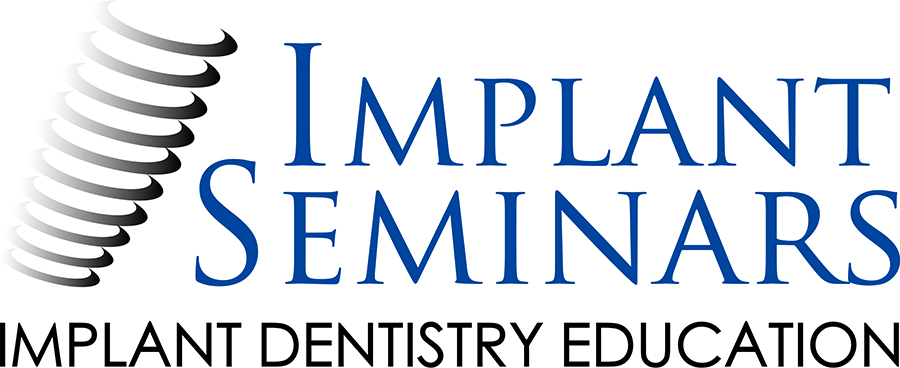Elderly Patients and the Ongoing Dental Dilemma: A Labor Day Reminder
By: Dr. Arun K. Garg
One hundred and twenty years ago this Monday Americans celebrated the first national Labor Day. At the state level, the movement for such a day of appreciation of American workers had been building for years and some 23 states had already enacted legislation to that effect. Thinking about that date, 1894, it occurred to me that some of our oldest citizens were born near that time, or immediately following it. (The oldest American, Gertrude Weaver, is 116, born in 1898.)
As Americans gather for their last outdoor romp at the unofficial end of summer, it’s important to remember our workers, yes, but especially our older workers who helped build the modern labor movement.
One way to honor them is by addressing an ongoing dental dilemma. For millions of older Americans, visiting the dentist is not as easy as it sounds. A new report in the American Journal of Health Behavior finds that 60 percent of senior citizen survey participants sited financial constraints for not making a follow-up dental appointment after an initial checkup. Nearly one-third said transportation was difficult and 20 percent required assistance in scheduling the appointment.
Unfortunately, without private health insurance (which may or may not include dental care) the government-subsidized landscape is full of pitfalls. Medicare, the country’s senior citizen healthcare assistance program generally does not cover dental care, though there are exceptions – especially if dental work relates to a larger, more life-threatening illness and its associated surgery. Medicaid, America’s low-income program, provides universal child dental care, but leaves adult coverage up to the states. The result is a patchwork of shifting eligibility and the runaround typical of any large bureaucracy.
Despite dentistry’s century-plus mainstream acceptance, too often dental care is condemned to second-tier status. That’s true even as a wealth of data confirms that tooth decay remains a pressing national and global challenge. In fact, 92 percent of adults 20 to 64 have had at least one cavity in their lives. In the same age range, adults have an average of 3.28 decayed or missing permanent teeth.
No matter when tooth decay begins or when permanent teeth fall out, edentulism is associated with numerous comorbidities. Difficulty chewing and articulating are two of the most obvious. But a lack of self-esteem could cause some edentulous seniors to withdraw from social and professional situations, augmenting an increasing sense of isolation and even depression. All because preventative oral care wasn’t maintained.
Whether Medicare undergoes a significant overhaul, permitting basic dental care, or dental insurance programs pool risk more effectively and lower per-person costs, the ongoing senior citizen dental dilemma must be solved. As we spend the weekend celebrating all that our older workers have done, lets work together to help give them the dental care they deserve. After 120 Labor Days, they’ve certainly earned it.
